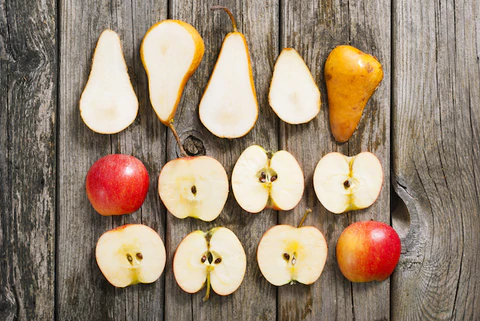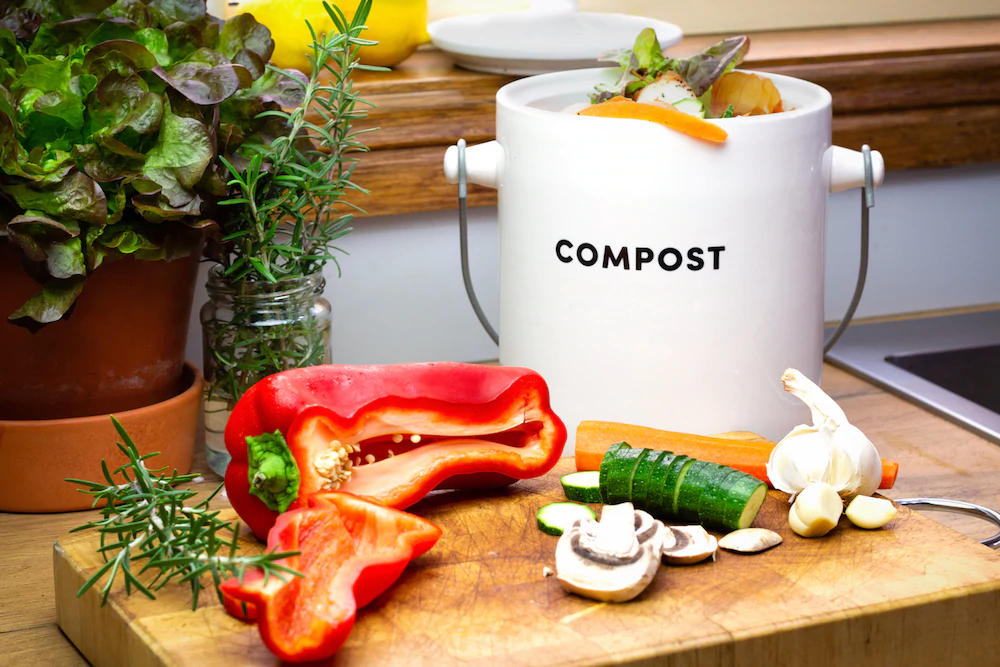Food wastage costs the Australian economy approximately $20 billion each year. To put this into perspective every ONE in FIVE shopping bags ends up in the garbage resulting in $3,800 worth of groceries per household each year!
By reducing food waste we also have the ability to improve food security for all Australians. This is important to consider as nearly four million Australians experience food insecurity each year, of which one quarter are children.
So how can we help reduce food wastage whilst on equ meal plans?
Check out our top 10 tips below:
1. Request meals each week based on ingredients you may have leftover and food items currently on sale:
If you notice you have ingredients leftover from your previous meal plan such as pasta, rice , and wraps, you can request similar meals that include these ingredients to ensure these are not going to waste. It’s also a great idea to request meals and snacks based on what’s on sale at the time such as protein bars, cereal, poultry or fish. Doing your research ahead of time by searching on store websites and looking at advertisement pamphlets are great ways to keep you up to date. Not only will this save you some money but will also reduce the likelihood of these foods ending up in landfill.
2. Use leftover ingredients the following day:
When you are left with a small portion or handful of fruit or veggies, instead of throwing them out use them to whip up delicious meals the next day that you can self-track into your day. For example, leftover mushrooms, spinach or tomatoes can be turned into an omelette for tomorrow’s breakfast or leftover fruit and berries can be blended into a delicious smoothie!
3. Eat the skin:
Removing the skin of your fruit and veggies not only contributes to food wastage but you also miss out on the many health benefits they provide! The majority of the vitamins, antioxidants, and fibre of fruit and veggies are found in the skin so bear this in mind the next time you decide to throw them out.

4. Compost when you can!
Rather than discarding your scraps, you can compost these and turn them into a nutrient-rich fertilizer instead. Not only will this reduce food wastage but will improve the nutrient content of any herbs or produce you do plant in this soil.
5. Store foods in the right locations in the fridge:
Correct storage can add days, weeks and even months to your food! Ensure dry goods (such as rice, pasta, cereals and crackers) are stored in air-tight containers to avoid moisture and spoilage.
The shelves in our fridges are actually all different temperatures, with the upper shelf temperature remaining more consistent and the lower shelves being the coldest. This means that pre-cooked foods, pre-packaged and ready to eat foods should go on the top and second shelves whilst raw meats, eggs, seafood and dairy products such as cheese and milk are best stored at the lower shelves. This also ensures raw and cooked foods are not mixed and reduces the risk of cross-contamination.
The crisper drawers of a fridge should contain fruits, vegetables, and salad as they help to control airflow and therefore increase the lifespan of fresh produce.
6. Practice ‘FIFO’:
This funny term stands for ‘First in, First out’. When unpacking and storing groceries its best to move old products to the front of the fridge/freezer/pantry and place the new products in the back. This way you are more likely to use the older stuff before it expires!
7. Get friendly with your freezer:
It’s great to get into the habit of storing your ingredients in the freezer to use at a later stage. Ripened fruits such as banana, mangoes, strawberries can be chopped and frozen to be used for smoothies. Also, using your weekends or one night a week to batch cook and freeze your meals is another great way to reduce food wastage.
8. Understand expiration dates:
Expiration dates don’t always reflect food safety but they’re usually manufacturers’
suggestions for peak quality. It’s important to distinguish between the terms ‘Use By’ and ‘Best Before’. Use by dates indicates when a product is no longer safe to eat therefore you should not consume, cook or freeze it after the date displayed. On the other hand, Best before dates indicate the peak quality rather than safety.
9. Take a shopping list:
Preparation is the key to success! Before grocery shopping write down your list of
ingredients ahead of time to avoid buying items you don’t need and won’t use. Take a look at your fridge and pantry before leaving to identify what you already have at home so you don’t end up with three broccoli florets in the crisper! Also, avoid impulse purchases and shopping on an empty stomach!
10. Donate if you can!
If you are doing a pantry clean or have some still in date goods you know you are just not going to use we would encourage you to donate these instead of throwing them out! To donate any non-perishable pantry items that are still in date we encourage you to get in-touch with your local community services or organizations such as ‘Ozharvest’ or ‘Food Bank Australia’ as every bit helps!
By Annalise Farah, Accredited Practicing Dietitian (APD) – BMedSc & MND
If you have any questions regarding this article or would like to know more, you can contact Annalise via email [email protected] or via Instagram @annalise@equ

